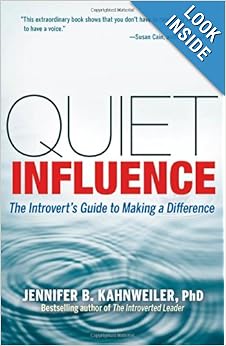Resource for your global communications
More investment and wealth managers have clients and other important relationships outside the borders of the U.S. The online Microsoft Writing Style Guide from Microsoft includes a section on global communications that may help you communicate more effectively with your prospects, clients, colleagues, referral sources, and vendors.
For example, its:
- Time and place page offers tips on dates, time, seasons, and places—for example, “Don’t refer to seasons if you can avoid it. Talk about months or calendar quarters instead. If you must mention a specific season, establish the hemisphere, too. (Summer in the northern hemisphere is winter in the southern hemisphere.)”
- Currency page provides advice on the capitalization of currencies and how to refer to specific amounts of money
- Names and contact information page advises you on how information collection forms should differ from those for a U.S. audience and tells you that in some countries it’s not appropriate to address a customer by name
Click around on the site! You may learn something that’ll help you to connect better with your readers.
Non-U.S. style guidelines from other organizations
After drafting this blog post, I came across some more online resources for non-U.S. style guidelines. Here are three style guides for the U.K.:
Please contact me if you know of other style guides I should add to this list. I’m always happy to learn from you.

